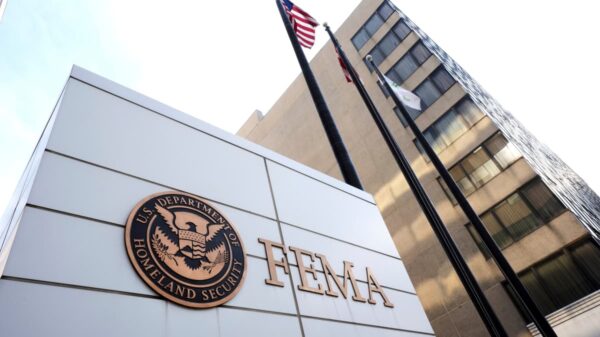In June, the total cryptocurrency market capitalization recorded a modest 2.62% increase, despite heightened volatility stemming from geopolitical tensions in the Middle East. Concerns over potential disruptions in energy supply and escalating regional instability have kept pressure on asset prices. Yet, amidst these challenges, decentralized exchange (DEX) to centralized exchange (CEX) spot trade volume reached an unprecedented high of 27.9%.
DEX Fever Hits June
Over the past year, DEX trading volumes have more than doubled, contrasting sharply with the stagnant volumes observed on CEX platforms. According to a recent Binance Research report shared with CryptoPotato, this trend highlights a significant shift in trading preferences. PancakeSwap, in particular, has been at the forefront of this growth, increasing its market share from 16% in April to 42% in June. This surge was fueled by the Alpha trading volume growth and the Infinity upgrade, which enhanced speed, cost, and liquidity efficiency.
World Liberty Financial’s increased activity on the blockchain further bolstered liquidity and yield opportunities, contributing to the DEX sector’s expansion. Hyperliquid’s spot volume also saw a substantial rise, growing from $6 billion in January to nearly $10 billion in June, amid intense competition from decentralized perpetual trading solutions.
On the Solana network, PumpSwap maintained strong user engagement. However, other platforms like Raydium, Orca, and Meteora struggled to match their January trading peaks, which were initially driven by the hype surrounding meme coins.
Hybrid CeDeFi Platforms Narrow the Gap
The growth in DEX trading can be attributed to CEX platforms increasingly directing activity towards decentralized alternatives. Several major exchanges have introduced hybrid models that combine CEX liquidity with on-chain settlement. Binance Research highlights that these CeDeFi offerings provide low-slippage trading, MEV protection, and rapid transaction speeds, enabling DEXs to scale effectively while bridging the gap between centralized and decentralized markets.
Moreover, the flexible regulatory environment for decentralized finance (DeFi) has allowed DEXs to innovate and introduce new features, driving their on-chain volumes. In contrast, CEX spot volumes remain heavily influenced by retail speculation, macroeconomic conditions, and market volatility, rendering them more susceptible to external shifts.
Implications and Future Outlook
The increasing preference for DEX platforms suggests a potential shift in the cryptocurrency trading landscape. As decentralized platforms continue to innovate and offer competitive trading solutions, CEXs may need to adapt to maintain their market position. The emergence of hybrid models indicates a possible path forward, blending the strengths of both centralized and decentralized systems.
Looking ahead, the trajectory of DEX growth will likely depend on regulatory developments, technological advancements, and market dynamics. As the crypto ecosystem evolves, traders and investors will need to navigate these changes carefully, balancing the benefits of decentralization with the stability offered by traditional exchanges.
With the ongoing developments in the crypto space, the future of trading remains uncertain, yet full of potential. The rise of DEXs represents a significant shift, challenging the status quo and paving the way for a more decentralized financial landscape.





































































